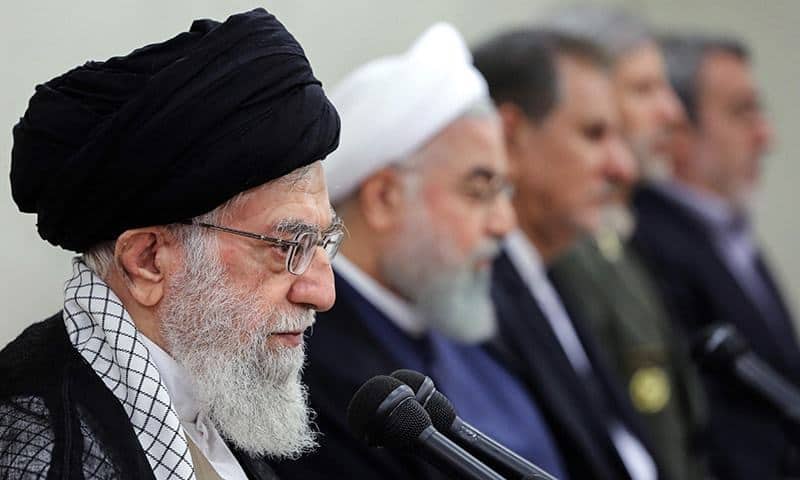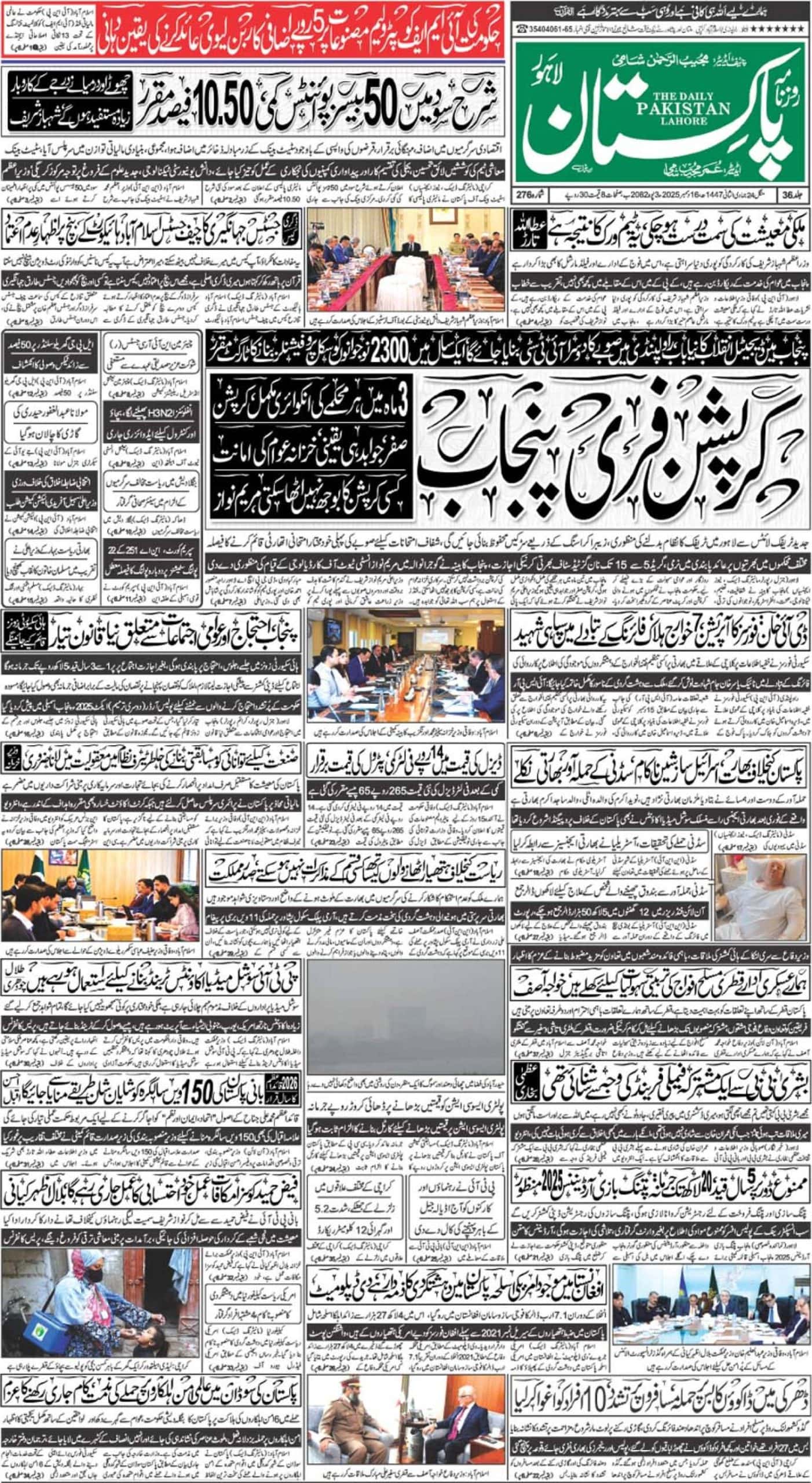The most likely regional conflict in the Middle East can take place between Iran and Israel. With a national power differential in Israel’s favour, the two declared adversaries can fight it out among themselves till they are exhausted. Because of its relatively large economy (USD 404 billion against Israel’s USD 303 billion), Iran can sustain a little longer. But military power, the level of science and technology, and America’s backing favour Israel.
The dispute on Iran’s nuclear weapons programme dragged on for quite some time and it will be an illusion to think that somehow Iran will manage to buy time or circumvent the crisis. We should not be misled by the recent understanding between Iran and the United States. In the final analysis, it will be Israel, not America, which will confront Iran. Israel not only possesses the capability to destroy Iran’s nuclear weapons programme, it also has the second strike capability. This implies that if Iran manages to resurrect its nuclear weapons programme say, ten years after it has been destroyed, Israel’s nuclear-capable submarines would be lurking around to take care of it.
During the Iran- Iraq War, the US and its allies found the real fissure in the Muslim world and started exploiting it to their advantage. It is the Shia- Sunni divide. This explains why the US is sometimes on the side of the Shias and sometimes abets the Sunnis. America stumbled on the fissure while dealing with the Iran- Contra Affair.
During the Iran –Iraq war America was indirectly helping Saddam Hussain through the conservative Arab regimes. On the other hand, it secretly facilitated the sale of arms to Iran, the subject of an arms embargo. Some U.S. officials hoped that the arms sales would secure the release of several hostages and allow U.S. intelligence agencies to fund the Nicaraguan Contras. It was planned that Israel would ship weapons to Iran, and then the United States would resupply Israel. The Iranian recipients promised to do everything in their power to achieve the release of the U.S. hostages.
The Shia –Sunni divide brings Saudi Arabia into the power matrix. Whereas Iran, a Shia power, is a quasi-democracy in which real power is wielded by a council of clerics, Saudi Arabia, a Sunni bastion, is an absolute monarchy. The oil-rich Eastern Province of Saudi Arabia, Yemen, and the city-states dotting the southern and eastern fringes of the Arabian Peninsula have significant Shia populations, all of them ruled by Sunni governments. Iran claims that this region was part of the ancient Persian Empire. If Iran had its way, this entire region would become part of a Shia confederacy controlled from Tehran.
From a larger perspective, Iraq and Syria would also be absorbed into this confederacy. This is a modern power struggle based on ancient rivalries and prejudices. The power differential between Saudi Arabia and Iran (1.7) is so narrow, any future war between them will be a replay of the Iran-Iraq War. It will sap the potential and energies of the entire region and suck in peripheral countries like Israel and Pakistan into the conflict.
In yet another regional permutation, Saudi Arabia may opt for borrowing power from Israel to deal with the threat from Iran. The American led effort to reach a deal with Iran on the latter’s nuclear programme has prompted such a sharp reaction from Israel and the Gulf states that it has had the effect of bringing together these erstwhile antagonists. The probable reason behind Saudi Arabia cozying up to Israel is because of Saudi apprehensions that the U.S. government is yielding too much to Iran.
There have been reports about secret collaboration between Israel and Saudi Arabia for years, often denied by both governments. A 2009 report said that Saudi Arabia had offered to let Israel fly over Saudi territory to attack Iran, a report denied by Israel.
Saudi Arabia is wary of Hamas, and it remained notably quiet during Israel’s bombing campaign against the Hamas-controlled Gaza Strip. Another report claimed that Israel had offered its “Iron Dome” missile-defence technology to Saudi Arabia for use in the proxy war being fought in Yemen.
Israel and Saudi Arabia have been covertly conducting diplomacy to discuss Iran over a series of five meetings since 2014. They are worried about Iran’s growing strength as a regional power. To deal with Iran, for quite some time the Israelis have been advocating: 1) peace between Israel and Arab nations, 2) regime- change in Iran, and 3) creation of a new state of Greater Kurdistan including parts of Iran, Iraq, and Turkey (Graham,2015).
Finally, Iran’s regional goals have more commonality with those of India. Together, they can squeeze Pakistan by de-stabilizing it and carving out their respective spheres of influence. The Indo-Iranian strategic dialogue and the resultant development of a transport corridor linking the Indian ports with Chah Bahar, and onward to Central Asia, are steps in this direction. Iran is using, and will continue to use the sectarian card to create turmoil in Pakistan. It suits Iran’s long term goals. Its present cozying up to Pakistan is cosmetic. We have to be on guard.














